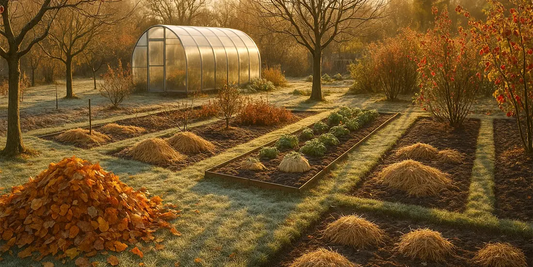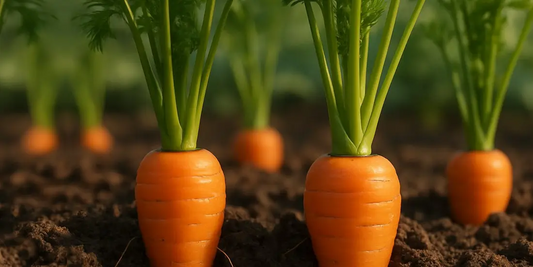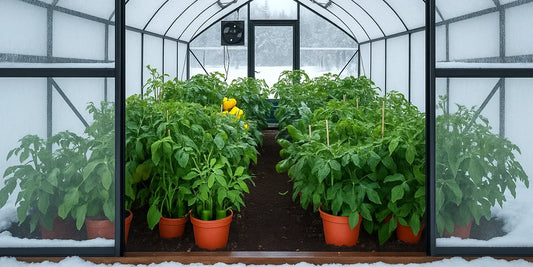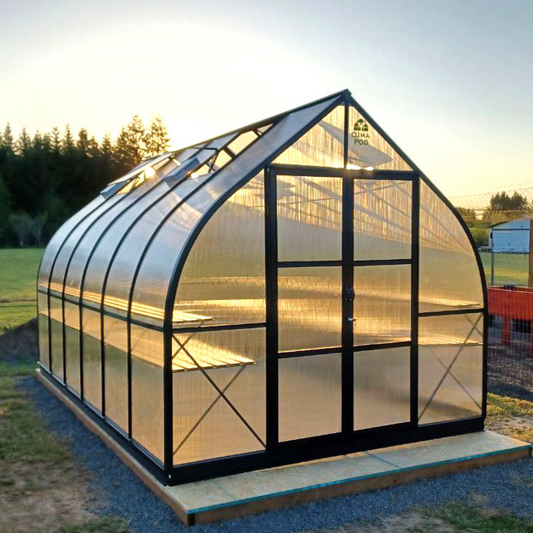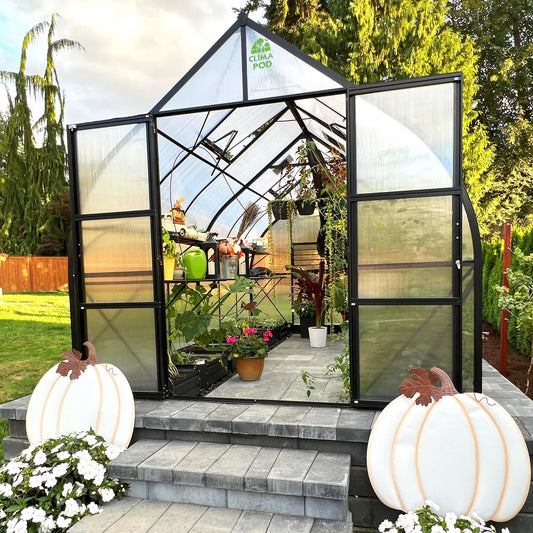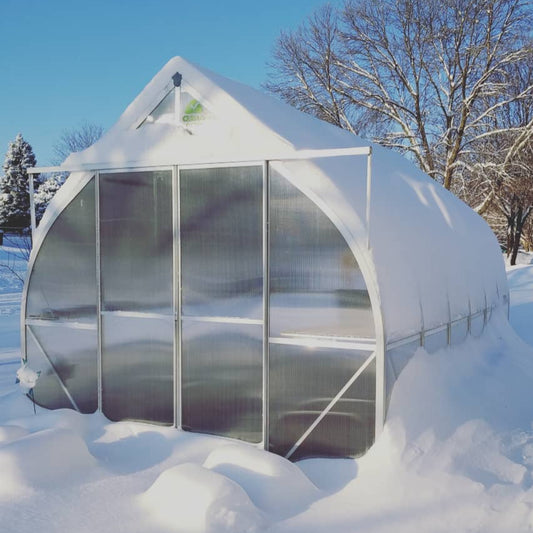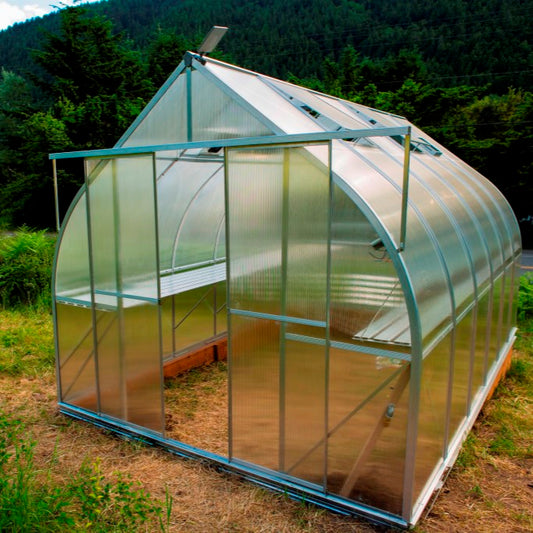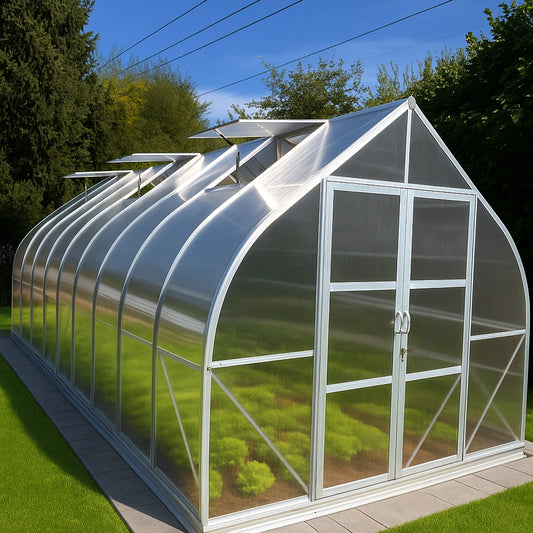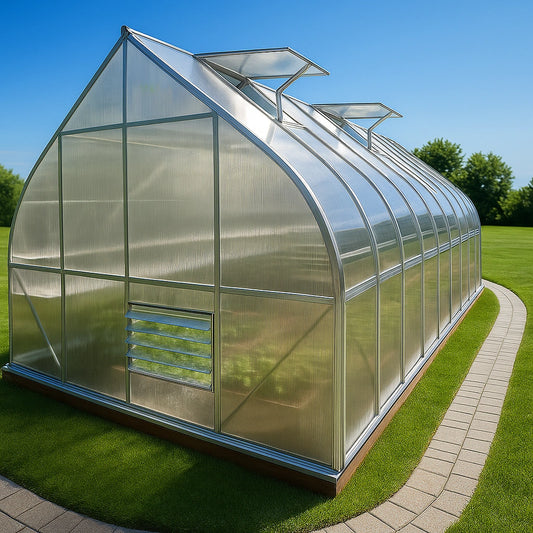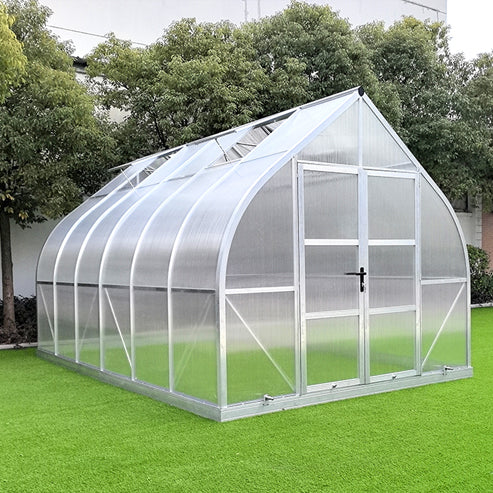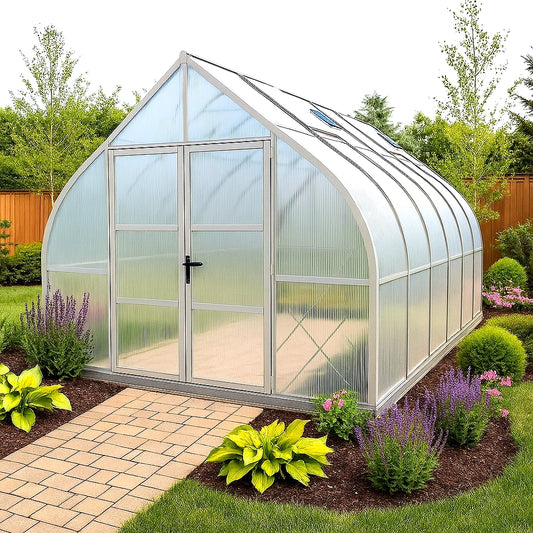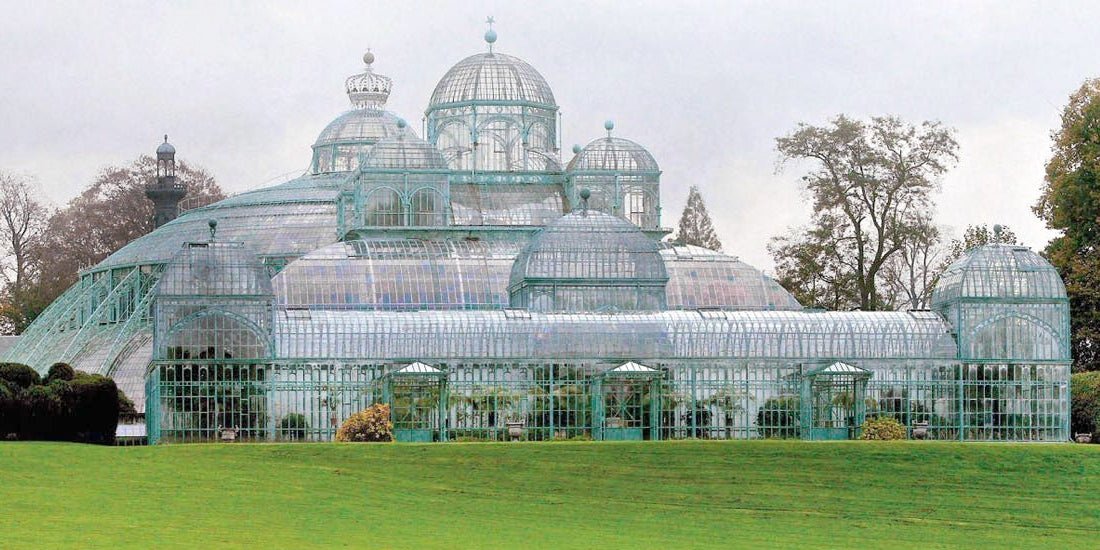
A History of Greenhouses: From Roman Cucumbers to Modern Marvels
The Roman Empire: Early Forms of Climate Control
The concept of cultivating plants in controlled environments dates back to the Roman Empire. Emperor Tiberius, a known gourmand with a particular fondness for cucumbers, demanded a daily supply. Roman ingenuity responded with a unique system: cucumbers were grown in wheeled carts. These carts were moved into the sun during the day and into warmer indoor spaces at night, providing a rudimentary form of temperature regulation. This innovative solution marks the earliest known ancestor of the modern greenhouse.

The Medieval and Early Modern Periods: Expanding Horizons
While the Roman system provided a basic framework, true greenhouses, as we recognize them, emerged much later. During the 13th century in Italy, structures were built to shelter exotic plants brought back from tropical regions by explorers, laying the foundation for botanical gardens. These early greenhouses were primarily used for showcasing unusual specimens rather than mass cultivation. More advanced structures with active temperature control emerged around 1450. Records from the Joseon Dynasty in Korea detail greenhouses capable of adjusting temperature and humidity for various plants, demonstrating a sophisticated understanding of climate control.

The 17th and 18th Centuries: European Innovation and Expansion

The 17th century saw the development of greenhouse predecessors in both Holland and England. However, these early designs presented significant challenges in maintaining consistent climate control, especially overnight and during winter. In France, these early structures were known as orangeries, primarily built to protect orange trees. Charles L. Bonaparte's work in Leiden is often cited as a key step towards creating near-modern designs. Large-scale greenhouse construction, such as the impressive 150-meter-long structure at the Palace of Versailles (13 meters wide, 14 meters high), demonstrated the growing importance of these structures. Japan saw its first greenhouse in 1880, constructed by a British herb exporter. This showcases the global spread and adoption of this innovative technology.
The 20th Century and Beyond: The Rise of Modern Greenhouses
The widespread availability of plastic sheeting in the 1960s revolutionized greenhouse construction. Affordable materials like aluminum, galvanized steel, and even PVC pipes became the building blocks of greenhouses, making them accessible to small farms and home gardeners. Further improvements in polyethylene film, including the addition of UV protection in the 1970s (extending lifespan from one to five years), significantly enhanced their practicality and longevity.
The late 20th century witnessed the emergence of modern greenhouses equipped with sophisticated heating, lighting, and climate control systems. A broader range of materials, including glass and cellular polycarbonate, offered greater durability and improved insulation. This period marked a transition from basic protection to highly controlled environments optimized for specific plant species and maximized yield.
The Modern Greenhouse: Constant Evolution

Greenhouses in the Netherlands
Greenhouse technology continues to evolve, incorporating new materials, designs, and climate control technologies. From high-tech commercial operations to smaller backyard structures, greenhouses play a vital role in sustainable agriculture and horticulture, offering year-round growing capabilities and increasing access to fresh produce. The journey from Roman cucumber carts to today's sophisticated climate-controlled environments showcases an enduring human pursuit of innovative solutions in food production and plant cultivation.

